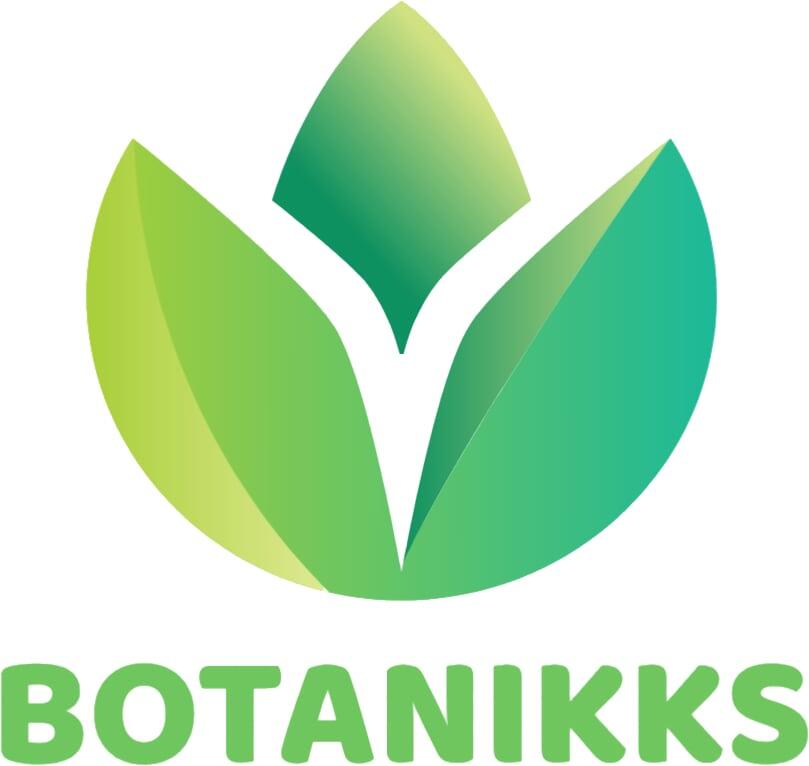Overview
Lecanora plicigera Zahlbr. is a lichen plant that belongs to the family Lecanoraceae. It is commonly found in the dry, rocky regions of North America.
Common Names
Lecanora plicigera is commonly known as Rock Shield Lichen, Powder-Puff Lichen, and Sunburst Lichen.
Description
The plant has a distinctive bright yellow or orange color that stands out against the rocky surface where it grows. The plant forms small, cushion-like structures that can range in diameter from several millimeters to several centimeters. The dissolvable pigment in the cortex of the plant is atranorin, while the secondary metabolite pigment is Zeorin.
Uses
Traditionally, the plant has been used in folk medicine to treat various ailments, including respiratory infections and skin diseases. The lichen is sometimes used as a dye for wool, silk, and other fabrics. Similarly, it is used as a natural food coloring agent. Lastly, the plant is used in air pollution monitoring as it is an accumulator of lead, nickel, and other heavy metals.
Light Requirements
Lecanora plicigera Zahlbr. requires moderate to high levels of light for optimal growth. It can tolerate some shade but grows best in open areas with sufficient light exposure to carry out photosynthesis.
Temperature Requirements
To thrive, Lecanora plicigera Zahlbr. requires cool temperatures. It grows robustly in cool, damp climates, and can withstand freezing and thawing cycles. It thrives in temperatures that range between 5 to 15°C.
Soil Requirements
This species of plant is not too particular about soil requirements. It can tolerate a range of soil pH conditions, even soils that are mildly acidic. It does better in soils that are well-draining and rich in organic matter. The organic matter layer on top of soils aids in retaining water, which is essential to Lecanora plicigera Zahlbr. survival in arid environments.
Cultivation of Lecanora plicigera Zahlbr.
Lecanora plicigera Zahlbr., commonly known as the brown felt lichen, is a lichen species that can be grown indoors or outdoors. Outdoors, it can be grown on rocks, walls, and tree trunks, while indoors, it can be grown on wood or other porous material.
Watering Needs of Lecanora plicigera Zahlbr.
Watering needs for Lecanora plicigera Zahlbr. are minimal. This species can withstand periods of drought, and it prefers to be dry rather than overly moist. When grown indoors, misting the lichen occasionally can provide enough moisture to sustain it. Outdoors, it relies on natural rainfall and dew.
Fertilization of Lecanora plicigera Zahlbr.
Lecanora plicigera Zahlbr. does not require fertilization. It obtains all of its nutrients from rainfall and the surrounding environment. However, if it is grown on soil or other organic material, adding a small amount of organic fertilizer can help improve soil health and promote growth.
Pruning of Lecanora plicigera Zahlbr.
There is no need for pruning Lecanora plicigera Zahlbr. since it doesn't have leaves or stems that require maintenance. However, if it begins to overgrow other plants or surfaces, it can be gently removed and replanted somewhere else to control growth.
Propagation of Lecanora plicigera Zahlbr.
Lecanora plicigera Zahlbr. is a lichen species that is commonly found in arctic and alpine regions. Propagation of this plant is not a simple process and has not been widely studied due to its slow growth rate and unique reproductive methods.
Vegetative Propagation
Lecanora plicigera has the ability to replicate itself through vegetative propagation, which involves the breaking off of parts of the plant that can grow into a new individual. This can occur when the body of the lichen becomes damaged, allowing small fragments to break off and establish a new colony elsewhere.
Sexual Reproduction
The primary method of reproduction in Lecanora plicigera is through the production of spores through sexual reproduction. This process involves the fusion of gametes from two different individuals to create new genetic variations. The spores are then dispersed through the air or carried by insects or other animals to new locations where they can grow into new colonies.
Propagation of Lecanora plicigera is a complex process that involves both vegetative propagation and sexual reproduction. While there is little information available on the specifics of how this plant propagates, studies have shown that it is important for the continued survival of the species.
Disease and Pest Management for Lecanora plicigera
Lecanora plicigera is a lichen species that is generally more resistant to disease and pest infestations than other plants. However, there are still a few potential issues that may arise.
Common Diseases
One common issue that can affect Lecanora plicigera is bacterial and fungal infections. These infections can typically be seen as spots or patches on the thalli or branches of the lichen. To manage these diseases, it is recommended to prune affected branches and avoid overhead watering to reduce moisture levels. Additionally, copper-based fungicides may be applied to control the spread of the disease.
Common Pests
While Lecanora plicigera is typically not affected by pests, insect infestations can occur in some cases. Common pests include aphids, mealybugs, and scale insects. These pests can be controlled through the use of insecticidal soaps or horticultural oils. It is important to regularly inspect the plant for signs of pest infestations to prevent an outbreak from occurring.
Additional Management Tips
To prevent disease and pest issues, it is important to maintain optimal growing conditions for Lecanora plicigera. This includes providing adequate sunlight, air circulation, and soil moisture levels. Proper pruning and fertilization can also help promote plant health and reduce the risk of issues arising.

